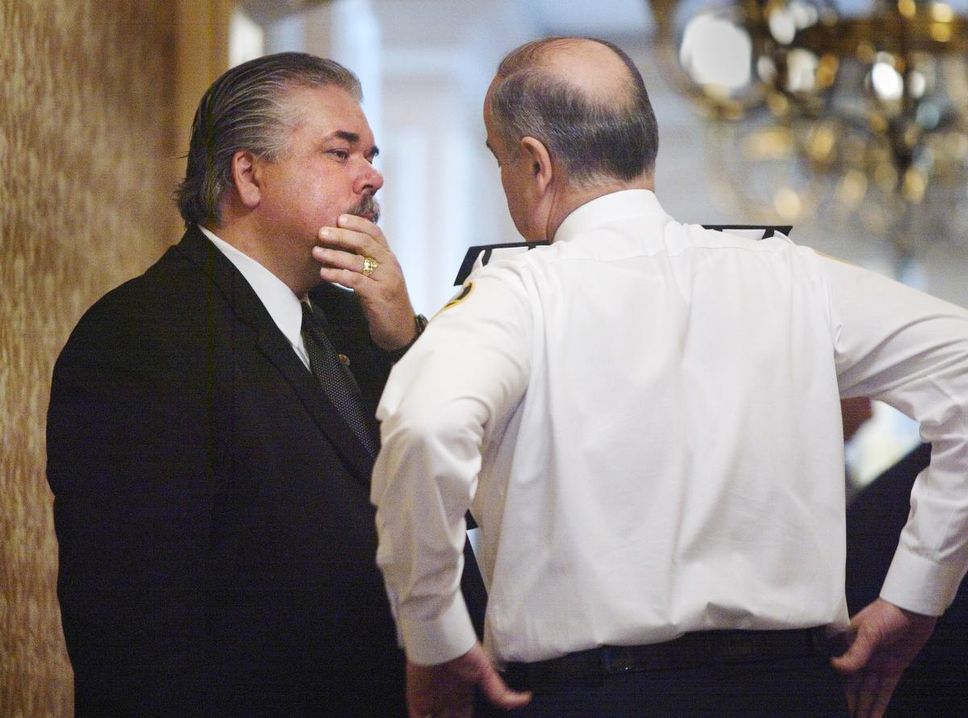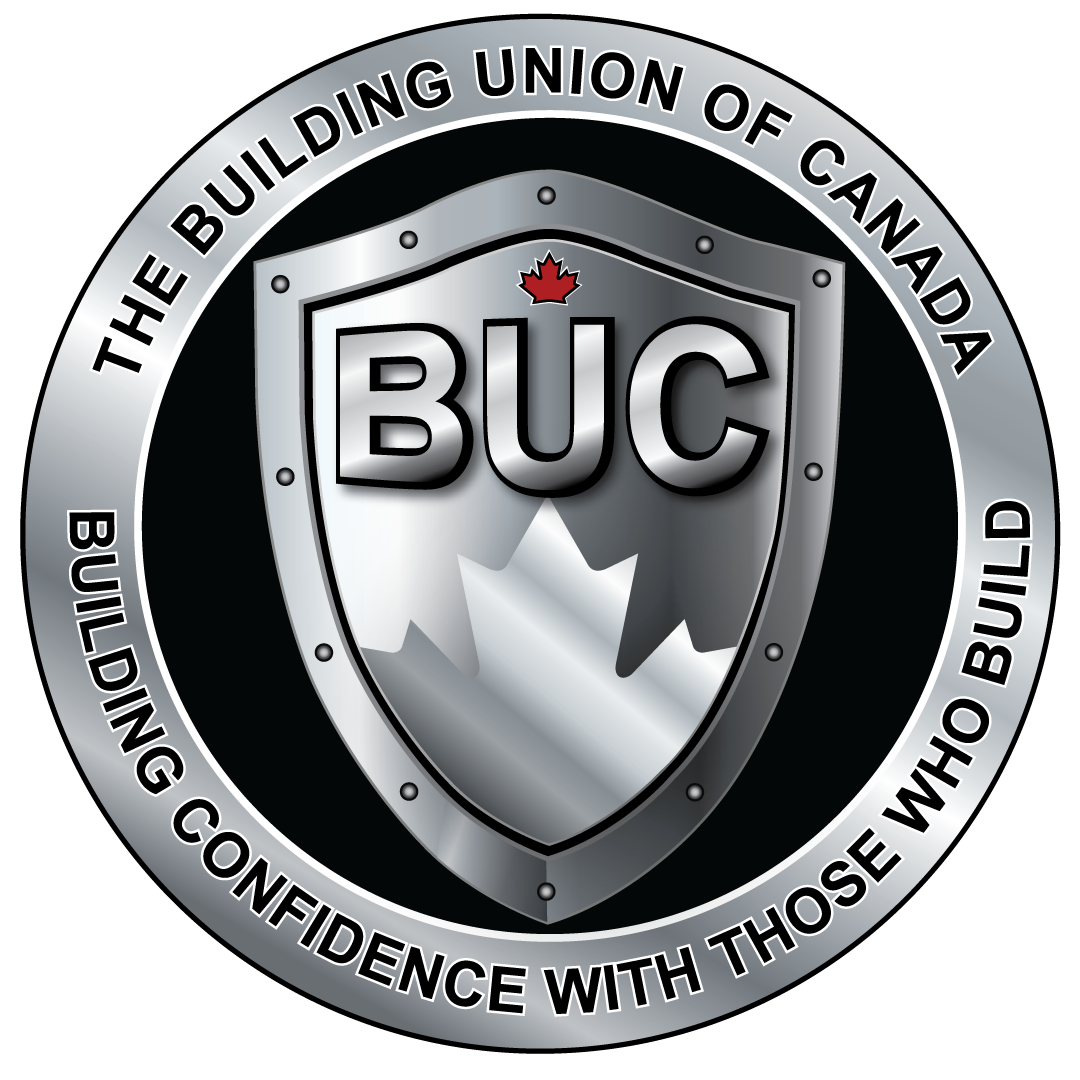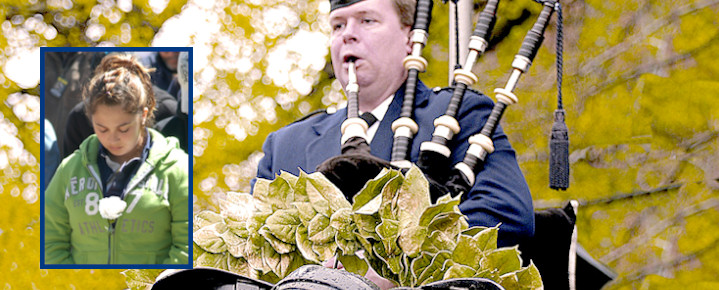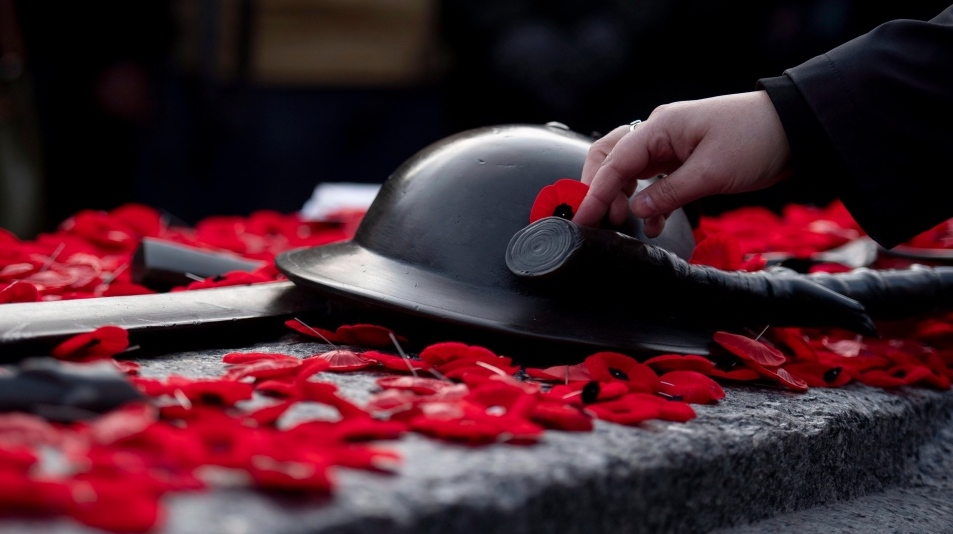 By Betsy PowellCourts Reporter
By Betsy PowellCourts Reporter
Tue., Dec. 15, 2020 | Toronto Star
Councillor Josh Matlow says he knew his proposed 10 per cent cut to Toronto police would face an uphill battle because of the budget’s “untouchable” status.
“It’s the single largest line item in the city’s operating budget and almost every year it goes up,” he said this past week, almost six months after his motion lost a council vote eight to 16.
He remains convinced it was the right thing to do. The move brought greater transparency to the police budget while responding to “clear demands” to reallocate police funds into much-needed community supports — to “prevent crime, rather than just trying to arrest people who commit it,” he says.
This year, police services across North American came under unprecedented pressure to change following George Floyd’s death in police custody in Minneapolis. Anti-racism rallies and defunding protests have led some cities, such as Calgary, to look at shifting some police money to social service agencies — but always with pushback.
Change in policing doesn’t come easily, but not because there are any major impediments other than “politics,” says John Sewell, the head of a police watchdog group that has spent years watching its ideas for reform go nowhere.
“There’s no reason why city council just can’t say ‘sorry,’ or the (police) board can’t just say ‘oh by the way, we’re cutting back the budget.’ It’s an easy thing to do, but politically, nobody even wants to talk about it,” says the former Toronto mayor.
For decades, elected officials in this city have been timid to address issues of police spending, power and culture out of fear of being labelled “soft on crime,” Sewell’s organization, the Toronto Police Accountability Coalition, wrote in June when the defunding debate was at its apex.
The pushback is something Matlow got a taste of before, during and after his motion to cut more than $100 million from the budget, which included more than $1.2 billion in spending this year.
STAR EXCLUSIVE
Where does the money go? How Toronto police planned to spend more than $1 billion in 2020
6 hrs ago
“This stooge, Councillor @JoshMatlow votes to defund & disarm the #police … yet we are the first call he makes when crime lands in his backyard,” Andrew Nanton tweeted during his bid to get elected president of the Toronto Police Association (TPA), which represents about 8,000 uniform and civilian employees. He also pledged to “target” politicians deemed “dangerous,” and senior police leadership, saying in another tweet: “The silent majority supports the Police.”
(Nanton lost the vote to Jon Reid, the police association’s director of uniform field services, this past week — but only by 86 votes out of more than 5,000. Nanton declined to comment after the results came in because he is a full-time officer not authorized to speak publicly. On Friday, Reid said that while he is opposed to any attempts to reduce police spending, “we’re not in the business of going out and intimidating or threatening anybody. We’re a professional organization,” adding, “challenging people as far as their positions is good and healthy.”)
For decades, both senior police leadership and the association have sounded alarm bells whenever the budget axe has appeared poised to take a whack at police spending, 89 per cent of which goes to salaries and benefits. Thirty years ago, a Toronto Star article cited a litany of examples of police using “chilling statistics and grim forecasts of what could happen if they don’t get what they want.”
By the time a burly and controversial cop named Craig Bromell stepped into the job as president of the TPA in 1997, the police budget had mushroomed to about $500 million. Then, and today, Bromell makes no apologies for using intimidation and bullying tactics, boasting that’s how the union scored some of its richest contracts and pushed spending to where it is today.
“We always got we wanted, so why wouldn’t we continue doing it? We never got turned down for a raise or a budget,” he said this past week.
Bromell proudly recalls negotiating “retention pay” to keep experienced officers from leaving the force. A victory that meant when an officer hit three, six and nine years on the job, his or her pay jumped by three per cent each time, which “sent the budget through the roof.”
To get it, the union played hardball.
“We were ready to go ‘blue flu’ on this, because when you lose people to other services, you don’t lose the sludges, you lose your best people,” he said. “Blue flu,” is where entire shifts call in sick, and other job actions. And Bromell also had another plan up his sleeve. Officers across the city would drive police cars to city hall, park, turn the lights and sirens on, throw the keys in the trunk and get into rented buses he had on standby, he says.
The police leadership told members of the civilian oversight board, who were at the negotiating table: “give him what he wants, this is what they’re going to do, and that was a massive start to what’s going on now,” Bromell said.
With a few exceptions, police contract negotiations have been more polite since Bromell departed for a career in broadcasting in 2003.
Nevertheless, the TPA, under the leadership of recently retired president Mike McCormack, successfully pushed back attempts to rein in the budget, and continued to negotiate above-inflationary pay raises, in contrast to other public sector unions.
In 2017, the Toronto Police Service announced a “transformational” plan to modernize and halt rising costs. It imposed a three-year hiring freeze to shave $100 million from the budget. That too was met, predictably, with fierce resistance.
The TPA took out a full-page newspaper ad in 2018 with photos of police board members — Mayor John Tory, former chair Andy Pringle and Chief Mark Saunders — under the headline: “These Guys Are Putting your Safety On Hold.” It was a reference to alleged longer wait times for residents calling 911, which was sprawled in blood-red across the printed page.
“It is a throwback to the old days of the way police union bosses acted,” Tory responded at the time. (Tory was likely referring to the Brommel era. In 2002, the TPA took out ads with headlines such as “Toronto isn’t as safe as you think” and “On many nights in Toronto’s west end, there are only two police officers on patrol after 2 a.m.”)
But by the time Tory said that, police had already lifted the hiring freeze one year earlier than scheduled.
Former city councillor Joe Mihevc was around in those years and grew increasingly frustrated watching the police budget grow while other city services were slashed, which has “been a pattern my whole political career.”
On principle, he repeatedly voted against the police budget — despite knowing the futility. It was borne of the frustration that police “get a big whack of an increase,” while “you have to crawl your way up to get a few hundreds thousand dollars for a student nutrition program, or open a youth centre.”
The TPA, he says, are the “best lobbyists in the world” and are masterful at stoking public alarm that budget cuts will compromise public safety — since the vast majority of the budget goes to salaries and benefits, any cut would mean fewer cops to fight crime, the thinking goes.
Sometimes, shocking current events send the same message, like when a high-profile shooting provokes calls for police and politicians to do more to stop the violence.
It’s a tough narrative to counter, Mihevc says.
“When you’re able to portray a sense in society that people aren’t being protected from harm, that’s a powerful, emotive tool that they use for their political and salary benefit, and have for quite a long time.”
Putting more cops on the street, particularly after a high-profile shooting, also scores political points — more so than extolling the long-term benefit of community investment.
Some politicians simply wave the white flag.
“How many battles can you fight?” Mihevc says.
Police also have other “tools in their toolbox” to fight cuts, including the threat that if council comes up short, the board can launch an appeal to the Ontario Civilian Police Commission because the Police Act requires them to provide “adequate and effective police service.”
But then policing sector experts stress that what “adequate” means is not spelled out in the law — nor have there been any OCPC decisions in the past 20 years.
While the Ontario Police Services Act has “adequacy standards” describing what capabilities each police service must have, they do no address any minimum number of officers, or describe what community safety results are to be achieved, notes Fred Kaustinen, executive director of the Ontario Association of Police Services Boards.
“ ‘Adequate and effective’ is notoriously vague and highly subjective,” he said.
Neither is there consistency from city to city. For instance, in Toronto has 167 officers per 100,000, in Ottawa it’s 122 per 100,000 and in Kingston it’s 153 per 100,000.
“It’s all over the map,” Sewell says.
Matt Torigian, a former Ontario deputy minister of community safety, chief of Waterloo Regional Police and now a fellow at the Munk School of Global Affairs, doesn’t see unions as roadblocks to change, despite the TPA’s track record.
THE DEFUND DEBATE
Defund the police — and then what? What Toronto can learn from the places out in front of a global movement
5 days ago
THE DEFUND DEBATE
8 Canadian voices on what they mean when they say: ‘Defund the police’
5 days ago
GTA
Nearly 20 times as likely to be shot dead. Six times more likely to be taken down by a police dog. Inside a landmark report on the ‘disproportionate’ use of force on Black Torontonians
Aug. 17, 2020
“I think they’ve got an important role to play and I think for the most part they want the same thing. But they are standing there within the frame of the structure of what they’re given,” he says.
Before determining where public dollars should be allocated, there needs to be detailed analysis on what the agenda for policing in Toronto should be, Torigian says. It’s incumbent on police chiefs and police boards to do this.
“You can’t just say ‘well, we’ll just take the money and move it over there’ — where do you take it from?”
Laura Huey, a professor of sociology and criminologist, says the calls to defund police are occurring in a vacuum of evidence and policy.
“There’s little research to suggest that many of the social programs likely to be funded in place of police forces will do much to reduce the social problems that have become police matters,” she co-wrote in August for theconversation.com.
She has studied the economics of policing and points the finger at broader society for driving up policing costs.
“We’ve become so dependent on police for so many things that when we then turn around and ask to have cuts, it’s incredibly difficult,” she told the Star this in an interview from London, Ont.
Why, for example, do we turn to police when a loved one goes missing? We shouldn’t, she argues. “There’s hundreds of thousands of calls or service just on missing persons, and the overwhelming majority of those people come back safe and alive.”
Yet there is no empirical research on what will happen if, suddenly, we “take this money away and give it to upstream solutions.” (She blames governments for “chronically defunding and underfunding research in this area.”)
“Because we don’t have good, solid evidence on what could potentially work, everything’s a trial, (and) this is a really risky thing to do when you don’t really know what the hell you’re doing.”
Perhaps surprisingly, Brommel says he’s open to the defunding discussion. But if it means laying off police officers — and cutting back on the services they provide — “how do we manage in the meantime?” he asks.
“You can build a community centre, open more libraries, you can put more money into communities right now, but it’s not going to affect anything for a long time.”







